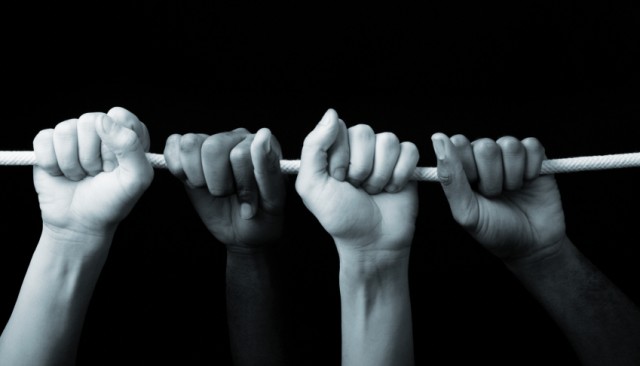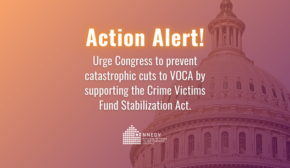Honoring National Women and Girls HIV/AIDS Awareness Day
March 10, 2016
Today marks National Women and Girls HIV/AIDS Awareness Day. The intersection of domestic violence and HIV/AIDS is particularly fraught; silence and stigma often keep victims of both in the shadows. Victims of abuse who are living with HIV also often encounter bias, discrimination, and disenfranchisement. It is crucial to join together to better serve these individuals.
Globally, about one in three women experience physical and/or sexual violence by an intimate partner or non-partner sexual violence in their lifetimes. [1] Further, research has found that in the United States, women who have experienced domestic violence are four times as likely to contract HIV. [2] In 2011, 23 percent of all people living with HIV in the United States were women. [3] Approximately 15 percent of women living with HIV are undiagnosed and only a quarter have achieved viral suppression. [4]
Women of color and transgender women are disproportionately impacted by HIV/AIDS and domestic violence and often lack access to critical resources. Black and Latina women comprise 75 percent of women living with HIV in the United States, and a recent survey of transgender women found that 58 percent had experienced domestic violence and 28 percent were HIV positive. [4]
Through the Positively Safe program, the National Network to End Domestic Violence (NNEDV) is addressing the intersection to end both domestic violence and the epidemic of HIV/AIDS. We provide resources for communities and service providers across the United States and help inform communities about the relationship between domestic violence and HIV/AIDS through our Train the Trainer Curriculum and Resource Toolkit.
By providing information and building stronger partnerships between domestic violence and HIV/AIDS programs, NNEDV strives to increase testing among women and girls, improve safety during the potentially dangerous time of disclosure to a sexual partner, ensure access to medical and community resources, and offer greater support and information for women and girls at risk for HIV/AIDS infection and/or domestic violence.
Learn more about Positively Safe or support our work. Together we can make a difference in the national efforts to end violence against women and the spread of HIV/AIDS.
—
[1] World Health Organization. (2016). “Violence against women.” http://www.who.int/mediacentre/factsheets/fs239/en/
[2] Center for Disease Control & Prevention. (2014). “Intersection of Intimate Partner Violence and HIV in Women.” http://www.cdc.gov/violenceprevention/pdf/ipv/13_243567_green_aag-a.pdf
[3] Center for Disease Control & Prevention. (2015). “HIV Among Women.” http://www.cdc.gov/hiv/group/gender/women/#refa
[4] White House Interagency Working Group. (2013). “Addressing the Intersection of HIV/AIDS, Violence against Women and Girls, & Gender-Related Health Disparities.” https://www.whitehouse.gov/sites/default/files/docs/vaw-hiv_working_group_report_final_-_9-6–2013.pdf





